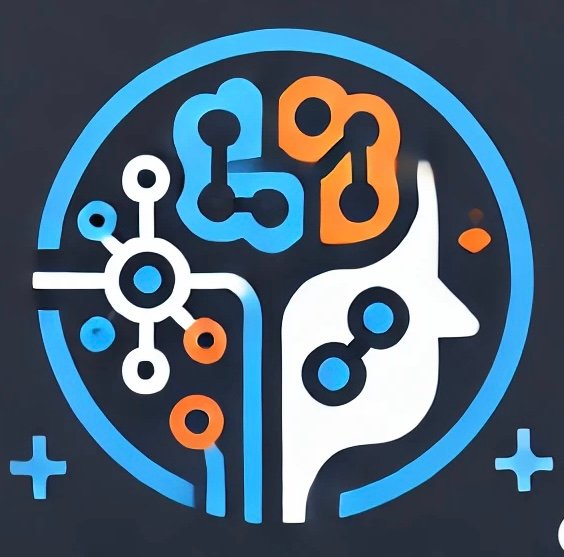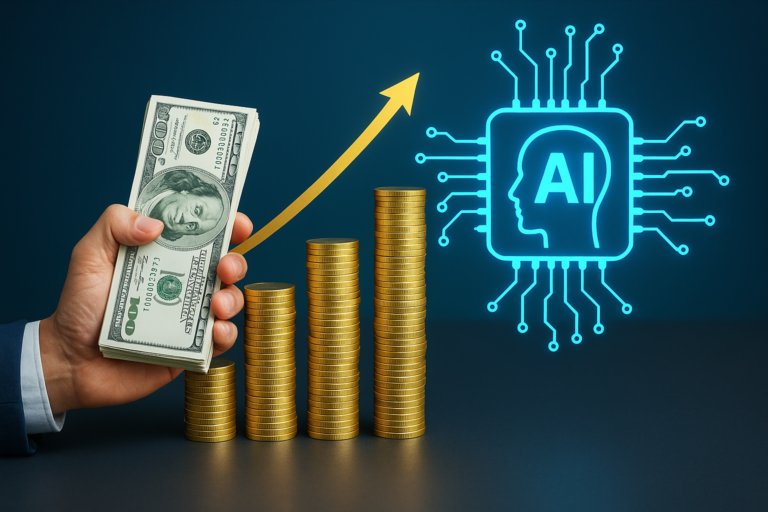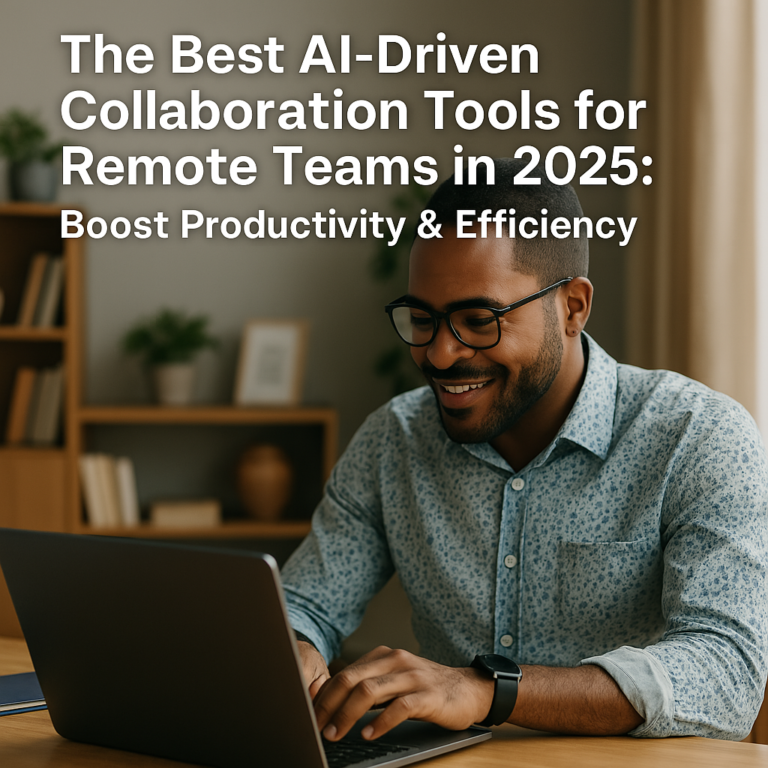
Google’s annual IO event has again demonstrated why the tech giant remains at the forefront of artificial intelligence innovation. The 2025 presentation unveiled a comprehensive suite of AI-powered creative tools to revolutionise how we approach AI video generation, image creation, and audio production. From the groundbreaking Veo 3 video generator to the enhanced Imagine 4 image creation platform, Google has delivered what many consider their most coherent and impactful AI announcement to date.
Table of Contents
The Evolution of Google’s AI Creative Suite
Google’s approach to AI creative tools has matured significantly, moving beyond experimental features to production-ready solutions that address real-world content creation challenges. The 2025 IO event showcased this evolution through several key announcements, particularly in AI video generation, demonstrating Google’s commitment to democratising high-quality content creation.
Imagine 4: Photorealistic Image Generation Reaches New Heights
The fourth iteration of Google’s Imagine platform represents a significant leap forward in AI image generation capabilities. Imagine 4 introduces several groundbreaking features that position it as a serious competitor to established players like Midjourney and DALL-E 3.
Key Features of Imagine 4:
- Photorealistic and Abstract Styles: The model excels at creating both hyperrealistic images and artistic abstractions
- Enhanced Typography: Advanced text rendering capabilities with minimal spelling errors and stylistic typography options
- Multiple Aspect Ratios: Support for standard formats including 1:1, 9:16, and 16:9 ratios
- 2K Resolution Output: Higher quality generations suitable for professional use
- Improved Speed: Faster generation times compared to Imagine 3, with a forthcoming “turbo” version promising 10x speed improvements
The enhanced text rendering capabilities represent a particularly significant advancement. Previous AI image generators have struggled with accurate text placement and spelling, making Imagine 4’s improvement especially noteworthy for marketing professionals and graphic designers.
Music AI: Professional-Grade Audio Generation
Google’s updates to their music AI platform, including enhancements to LIA (their music generation model), demonstrate the company’s commitment to comprehensive creative AI solutions. The new Music AI Sandbox provides creators with unprecedented control over AI-generated music compositions.
Music AI Enhancements Include:
- Professional-Grade Audio: 48 kHz stereo output quality suitable for commercial use
- Granular Creative Controls: Detailed parameter adjustment for musical elements
- Diverse Musical Styles: Expanded genre and style capabilities
- Music AI Sandbox: A dedicated environment for experimental music creation (currently in waitlist phase)
Veo 3: The Game-Changing Video Generation Platform
Perhaps the most significant announcement from Google IO 2025 was the release of Veo 3, an AI video generation platform that sets new standards for AI-powered video creation. Unlike many AI announcements that remain in development for months or years, Veo 3 was not only announced but also immediately made available to users.
Revolutionary Video Generation Capabilities
Veo 3 introduces several features that address longstanding limitations in AI video generation:
Advanced Video Features:
- 4K Output Resolution: Professional-quality video generation
- Enhanced Realism and Physics: Improved understanding of real-world physics and natural movement
- Camera Controls: Built-in options for camera movements, including zoom, pan, and directional shifts
- First and Last Frame Control: Precise control over video start and end points
- Outpainting and Inpainting: Frame extension and content addition within existing videos
Breakthrough Audio and Dialogue Integration
The most groundbreaking aspect of Veo 3 is its ability to generate synchronised dialogue and sound effects directly within video content. This capability represents a quantum leap in AI video generation, addressing one of the most complex challenges in multimedia content creation.
Audio Integration Features:
- Synchronised Dialogue: Natural-sounding speech with accurate lip-sync
- Contextual Sound Effects: Environmental audio that matches visual content
- Multi-character Conversations: Support for dialogue between multiple characters
- Emotional Performance: Voice modulation that matches character emotions and scene context
This integration of audio and visual elements eliminates the need for separate audio generation and synchronisation processes, significantly streamlining video production workflows.
Character and Scene Consistency
Veo 3 addresses another critical challenge in AI video generation: maintaining consistency across scenes and characters. The platform introduces several features designed to ensure narrative coherence:
Consistency Features:
- Character Controls via Driving Video: Similar to Runway’s Act One, allowing performance transfer to static images
- Elements Feature: Combination of characters and locations for consistent storytelling
- Scene Builder: Advanced storyboard functionality for multi-scene narratives
- Extend and Regenerate: Ability to modify portions of generated videos while maintaining continuity
Google Flow: The Unified Creative Platform
Google Flow represents the culmination of Google’s AI creative tools, bringing together AI video generation, image creation, and audio production in a single, cohesive platform. This integrated approach addresses the fragmented nature of current AI creative workflows.
Platform Integration Benefits
Flow’s unified approach offers several advantages over using separate AI tools:
Workflow Advantages:
- Seamless Asset Transfer: Images created in Imagine 4 can be directly imported into Veo 3
- Consistent Style Maintenance: Unified style parameters across different media types
- Streamlined Project Management: Single interface for complex multimedia projects
- Version Control: Built-in systems for managing iterations and variations
Advanced Scene Building and Editing
The Scene Builder function within Flow deserves particular attention for its sophisticated approach to video narrative construction. Unlike simple storyboard tools, Scene Builder offers professional-level editing capabilities:
Scene Builder Features:
- Non-linear Editing: Jump cuts and scene transitions with maintained context
- Partial Regeneration: Ability to modify specific portions of generated content
- Timeline Management: Professional video editing timeline interface
- Multi-scene Coordination: Consistent character and setting management across scenes
Pricing Structure and Market Positioning
Google’s pricing strategy for its AI creative tools reflects both the advanced nature of the technology and the company’s intention to compete seriously in the professional creative market.
Tiered Pricing Model
Google offers two distinct pricing tiers for its AI creative platform:
Google AI Pro ($20/month after free first month):
- Access to the Flow platform
- Veo 2 video generation
- Imagine 4 image creation
- Basic audio generation features
Google AI Ultra ($250/month, $124 for first 3 months):
- Full Veo 3 access with advanced features
- Premium quality settings
- Extended generation limits
- Priority processing
- Includes YouTube Premium subscription
This pricing structure positions Google’s offerings at a premium level, reflecting the advanced capabilities while remaining competitive with other professional AI creative tools.
Industry Impact and Competitive Analysis
Google’s comprehensive AI creative suite represents a significant challenge to existing market leaders. By incorporating AI video generation alongside other creative disciplines in a single platform, Google addresses a key market need that current solutions have failed to meet effectively.
Competitive Advantages
Several factors give Google’s approach distinct advantages:
Market Differentiators:
- Integrated Ecosystem: Unlike competitors focusing on single media types, Google offers comprehensive creative solutions
- Infrastructure Scale: Google’s computing infrastructure enables faster processing and higher quality outputs
- Research Integration: Direct pipeline from Google’s AI research teams to product development
- Platform Maturity: Years of development in AI fundamentals, providing an able foundation
Case Study: Professional Video Production Transformation
A recent analysis by the Digital Content Creators Association revealed that AI video generation tools like Veo 3 could reduce professional video production costs by up to 70% while maintaining comparable quality standards. The study, conducted across 50 production companies, found that integrated platforms like Google Flow significantly reduced project timelines from weeks to days for certain types of content.
The research, available at the Digital Content Creators Association, demonstrates real-world applications where Google’s AI tools are already transforming professional workflows. Companies reported particular benefits in:
- Rapid prototyping for client presentations
- Social media content creation at scale
- Educational and training video production
- Marketing campaign asset generation
Technical Innovation Deep Dive
Understanding the technical innovations behind Google’s AI creative tools provides insight into their potential applications and limitations.
Neural Architecture Advancements
Google’s approach to AI creative generation relies on several key technical innovations:
Core Technologies:
- Multimodal Transformers: Models that process text, image, and audio simultaneously
- Diffusion Model Optimisation: Advanced noise reduction techniques for higher quality output
- Temporal Consistency Algorithms: Ensuring smooth motion and transitions in video content
- Cross-modal Attention Mechanisms: Coordinating audio and visual elements in real-time
Training Data and Quality Assurance
The quality of AI-generated content depends heavily on training data quality and diversity. Google’s approach incorporates several quality assurance measures:
Quality Control Measures:
- Diverse Training Datasets: Content from multiple cultural and linguistic backgrounds
- Professional Content Standards: Training on high-quality professional media
- Bias Detection and Mitigation: Systematic approaches to identifying and reducing algorithmic bias
- Human Feedback Integration: Continuous improvement based on user feedback and professional evaluation
Future Implications for Creative Industries
The introduction of comprehensive AI creative platforms like Google’s Flow represents a paradigm shift that will reshape multiple creative industries.
Impact on Professional Roles
Rather than replacing creative professionals, these tools are likely to augment and transform existing roles:
Evolving Professional Landscape:
- Creative Directors: Focus shifting to concept development and AI tool orchestration
- Video Editors: Evolution toward AI prompt engineering and quality refinement
- Graphic Designers: Integration of AI generation with traditional design principles
- Audio Engineers: Specialisation in AI audio post-processing and enhancement
Educational and Training Implications
The democratisation of high-quality content creation tools necessitates new educational approaches:
Educational Adaptations:
- AI Literacy Integration: Understanding AI capabilities and limitations becomes essential
- Prompt Engineering Skills: New competency area for effective AI tool utilisation
- Quality Assessment Training: Developing critical evaluation skills for AI-generated content
- Ethical Use Guidelines: Understanding responsible AI application in creative contexts
Accessibility and Democratisation
Google’s AI creative tools represent a significant step toward democratising high-quality content creation, making professional-grade tools accessible to individuals and small organisations previously unable to afford traditional production resources.
Barrier Reduction
Several factors contribute to increased accessibility:
Accessibility Improvements:
- Lower Technical Requirements: Cloud-based processing eliminates the need for expensive hardware
- Intuitive Interfaces: User-friendly design accommodating users without technical backgrounds
- Scalable Pricing: Options suitable for individual creators and large organisations
- Educational Resources: Comprehensive documentation and tutorial materials
Global Creative Empowerment
The availability of advanced AI creative tools has particular significance for creators in developing markets where access to professional production equipment and services may be limited. This democratisation could lead to a more diverse and representative global creative landscape.
Conclusion: The Dawn of Integrated AI Creativity
Google’s 2025 IO announcements represent more than incremental improvements to existing AI tools. The introduction of Veo 3 for AI video generation, the enhanced Imagine 4, and the comprehensive Flow platform signal the beginning of a new era in AI-powered creativity where the boundaries between different creative disciplines become increasingly fluid.
The integration of video, image, and audio generation in a single platform addresses a fundamental need in modern content creation workflows. As these tools continue to evolve and mature, they will likely become as essential to creative professionals as traditional software applications like Photoshop and Premiere Pro are today.
For content creators, businesses, and creative professionals, the message is clear: AI-powered creative tools are no longer experimental technologies but production-ready solutions that can significantly enhance productivity, reduce costs, and expand creative possibilities. The question is not whether to adopt these tools, but how quickly organisations can integrate them into their workflows to maintain competitive advantage.
The future of creative content lies not in human versus AI competition, but in the sophisticated collaboration between human creativity and artificial intelligence capabilities. Google’s comprehensive approach to AI creative tools provides a compelling glimpse into this collaborative future, where the only limit to creative expression may be human imagination itself.
You might find the following article interesting:
The Best AI-Powered Virtual Assistants for Work in 2025: Boost Productivity & Efficiency



